Africa is home to an incredible diversity of wildlife, from majestic elephants and gorillas to graceful gazelles and colourful birds. However, many of these animals are facing serious threats to their survival, including habitat loss, poaching, and human-wildlife conflict.
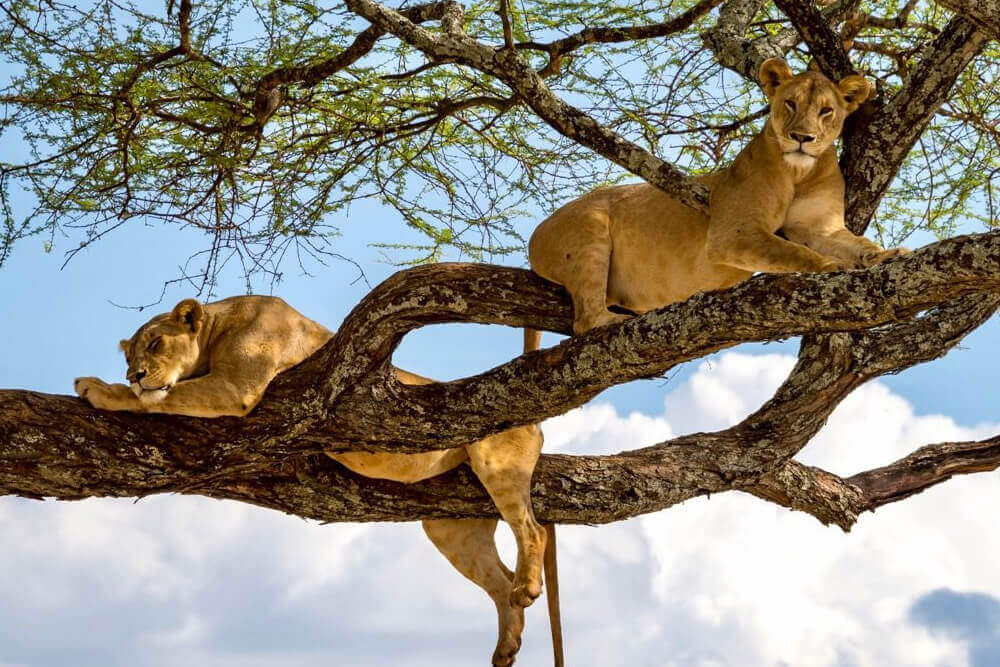
Whether it is in the savannahs, deserts, lakes or forests, many of the wildlife is facing threats to its existence. We'll take a look at those which are classified as endangered and critically endangered since their threats are imminent.
In this article, we will explore some of the most endangered animals in Africa, and discuss the challenges they face and the efforts being made to protect them. We will also consider the role of tourism in supporting conservation efforts and promoting awareness of these amazing animals.
African Endangered Animals.
| # | ANIMALS | STATUS | POPN. TREND |
|---|---|---|---|
| 1. | African Bush Elephant | Endangered | Decreasing |
| 2. | African Forest Elephant | Critically Endangered | Decreasing |
| 3. | African Penguin | Endangered | Decreasing |
| 4. | African Wild dog | Endangered | Decreasing |
| 5. | Beisa Oryx | Endangered | Decreasing |
| 6. | Black Rhino | Critically Endangered | Increasing |
| 7. | Bonobo | Endangered | Decreasing |
| 8. | Chimpanzee | Endangered | Decreasing |
| 9. | Cross river Gorillas | Critically Endangered | Decreasing |
| 10. | Eastern Lowland Gorilla | Critically Endangered | Decreasing |
| 11. | Ethiopian Wolf | Endangered | Decreasing |
| 12. | Golden Monkey | Endangered | Decreasing |
| 13. | Mountain Gorilla | Endangered | Increasing |
| 14. | Northern White Rhino | Critically Endangered | Decreasing |
| 15. | Okapi | Endangered | Decreasing |
| 16. | Pangolin | Endangered | Decreasing |
| 17. | Pygmy Hippo | Endangered | Decreasing |
| 18. | Western Lowland Gorilla | Critically Endangered | Decreasing |
1. African Bush Elephants
African bush elephants are the largest living land animals and are found in the savannahs and forests of sub-Saharan Africa. They are distinguished from other elephants by their larger size, more curved tusks, and thicker, more wrinkled skin.
African bush elephants are highly intelligent and social animals and are known for their complex communication and cooperation.
2. African Forest Elephants
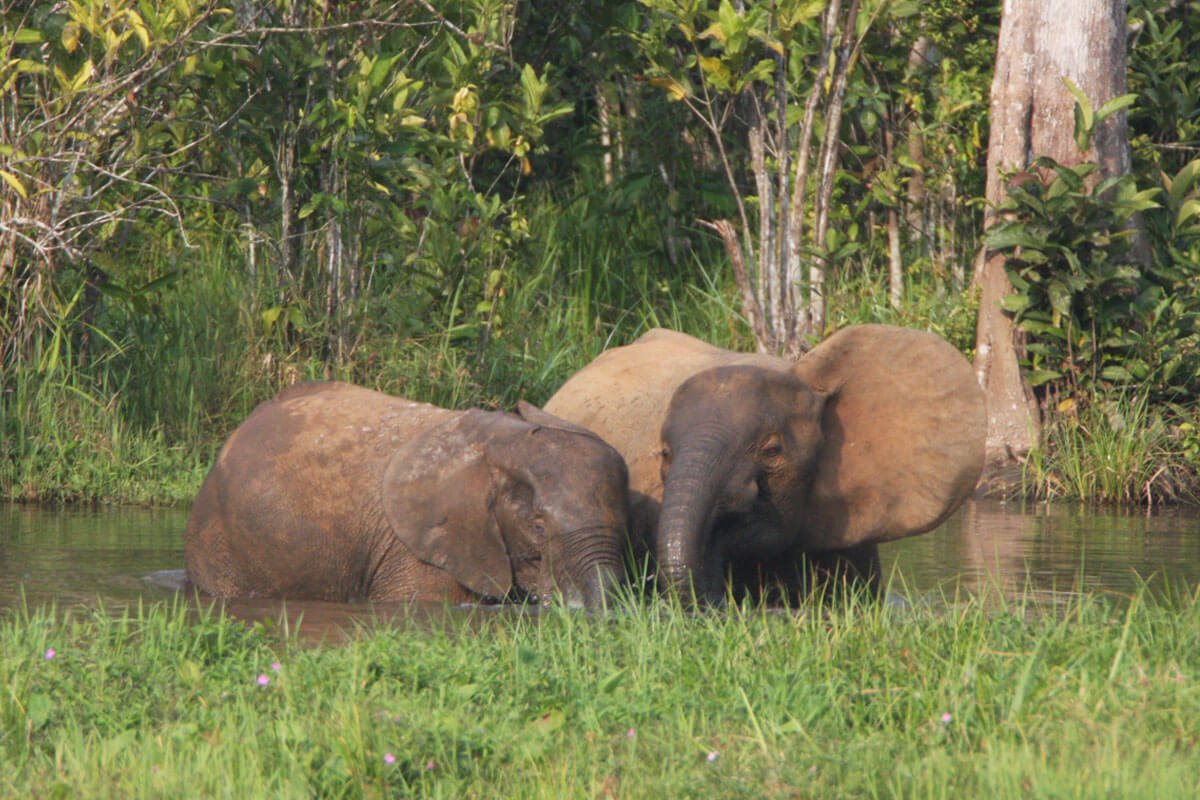
African forest elephants are a smaller and more elusive subspecies of the African elephant, found in the rainforests of central and western Africa.
They are distinguished from other elephants by their smaller size, more delicate tusks, and rounder ears. African forest elephants are highly intelligent and social animals and play a crucial role in their forest habitat by dispersing seeds and shaping the environment.
Related article: Interesting facts about African elephants
3. African Penguin
The African penguin, also known as the jackass penguin for its donkey-like braying call, is a penguin species found only on the southwestern coast of Africa. They are small penguins with black and white plumage, a distinctive band of black feathers around their neck, and a pink patch of bare skin on their chest.
African penguins are declining in numbers due to habitat loss and overfishing, and are considered an endangered species.
4. African Wild Dog
African wild dogs, also known as African painted dogs, are a type of canine native to the continent of Africa. They are known for their distinctive coat, which is covered in spots and patches of black, white, and brown.
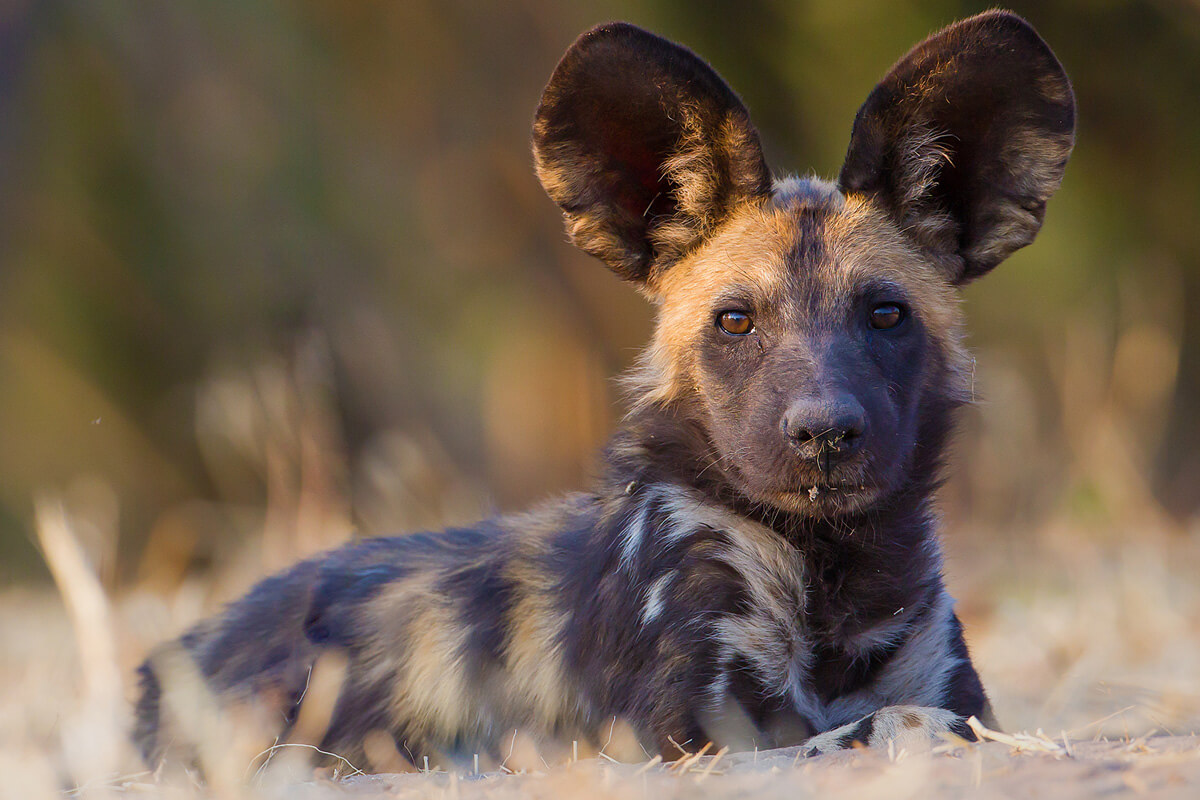
African wild dogs are highly social animals, living and hunting in packs consisting of around 10 to 20 individuals. They are known for their high level of cooperation and teamwork when hunting and are considered one of the most successful predators on the African savanna.
They are considered to be endangered, with only an estimated 6,600 individuals remaining in the wild.
5. Beisa Oryx
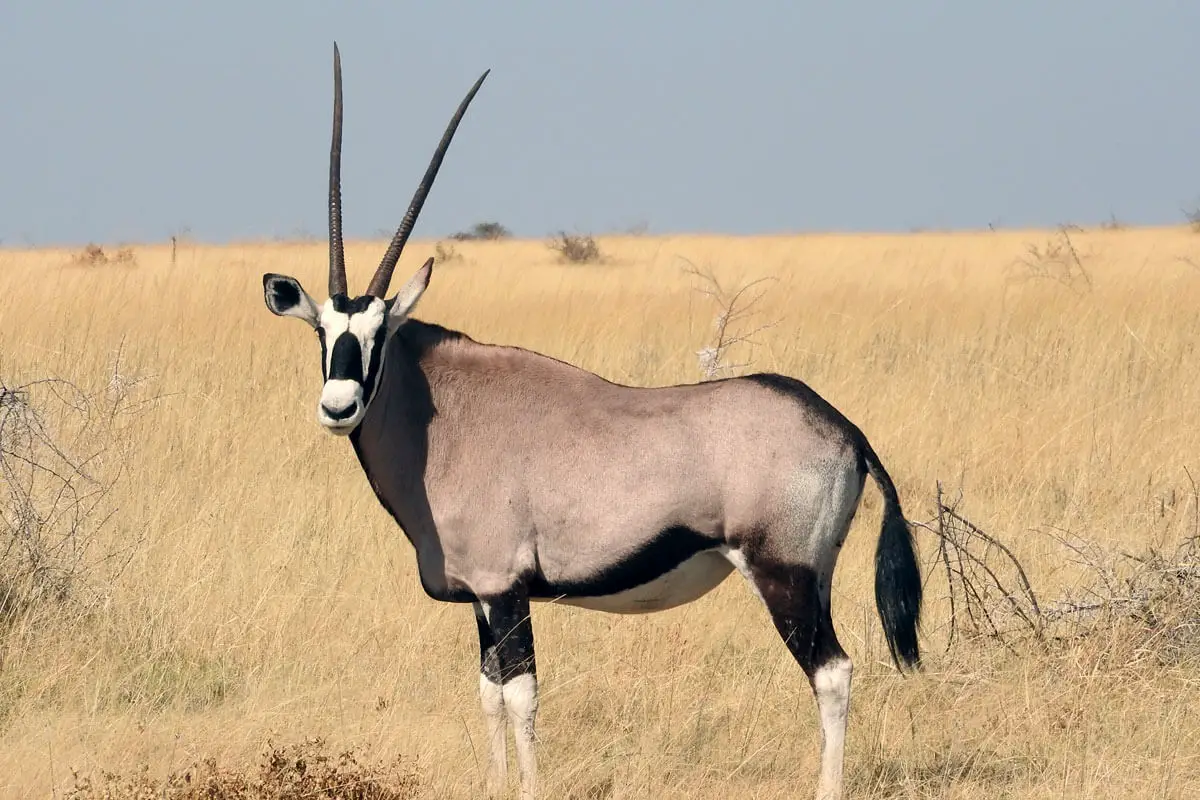
The Beisa oryx is a type of antelope found in the dry savannah and bushland of eastern Africa.
They are large, sturdy animals with grey or reddish-brown coats, long curved horns, and a mane of long hair on their neck and shoulders. Beisa oryx are well-adapted to their arid habitat and can survive for long periods without water.
Related article: Interesting facts about Beisa's Oryx
6. Black Rhino
The black rhino is a species of rhinoceros found in the savannahs and woodlands of sub-Saharan Africa.
They are smaller and more agile than their larger white rhino cousins and are distinguished by their pointed lips, which they use to browse trees and bushes. Black rhinos are critically endangered due to habitat loss, poaching, and conflict with humans, and are one of the most threatened large mammal species in the world.
7. Bonobo
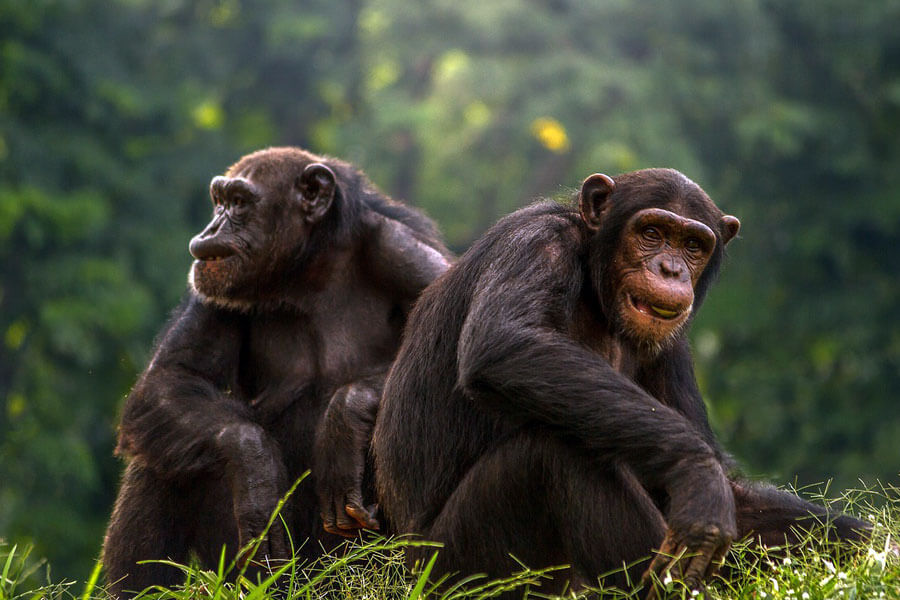
The bonobo is a type of great ape found only in the forests of the Democratic Republic of Congo. They are closely related to chimpanzees but have a more slender build, long legs, and a distinctive black face with pink lips.
Bonobos are highly intelligent and social animals and are known for their peaceful and cooperative behaviour.
8. Chimpanzee
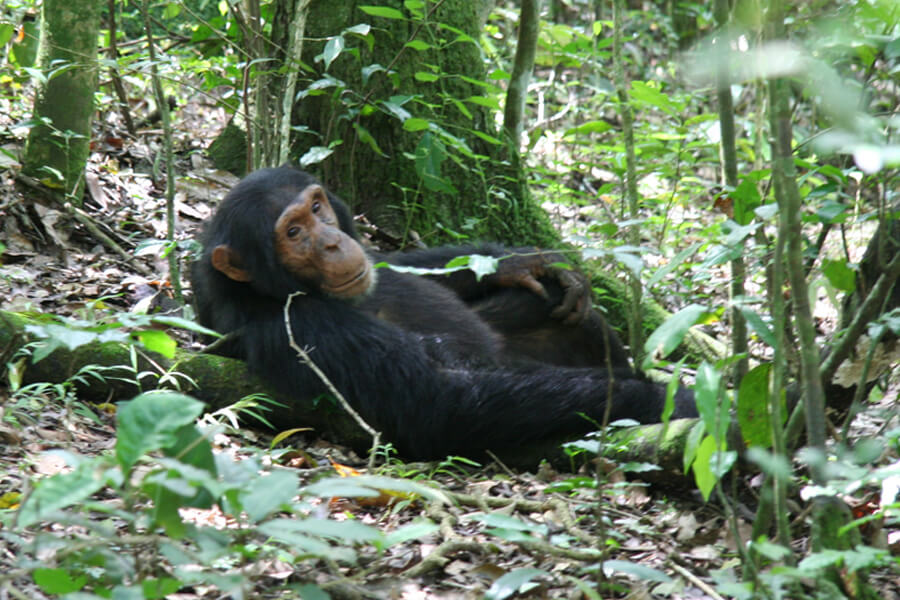
Chimpanzees are a type of great ape found in the forests of central and western Africa. They are our closest living relatives, sharing about 98% of our DNA, and are highly intelligent and social animals.
Chimpanzees are known for their complex communication, tool use, and cooperation, and have been the subject of many scientific studies.
Related article: Fascinating facts about chimpanzees
9. Cross River Gorillas
Cross river gorillas are a critically endangered subspecies of gorillas found only in the forested hills and mountains along the border between Cameroon and Nigeria.
They are the most western and most genetically distinct subspecies of gorillas and are distinguished from other gorillas by their smaller size, shorter hair, and more pronounced forehead. Cross-river gorillas are endangered due to habitat loss and poaching and are one of the rarest and most threatened primates in the world.
10. Eastern Lowland Gorilla
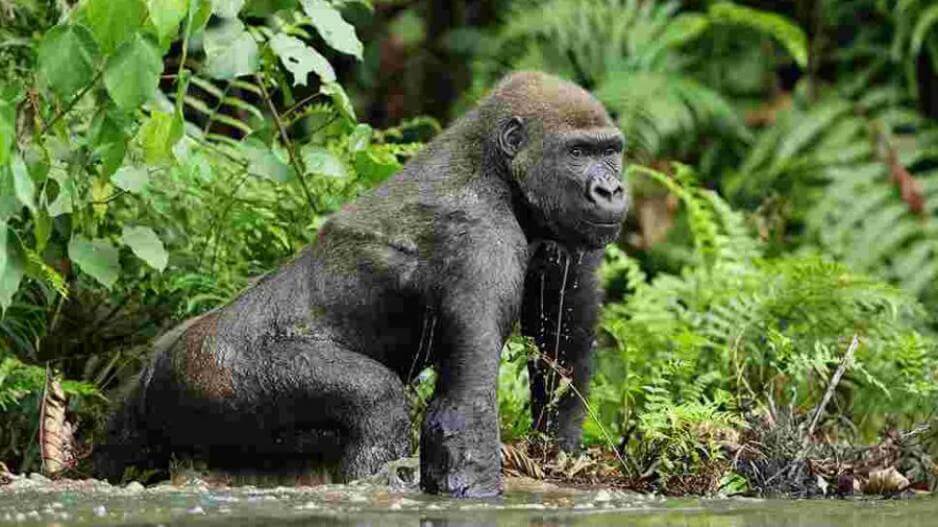
The Eastern lowland gorilla is a subspecies of the eastern gorilla that is native to the Democratic Republic of Congo. These gorillas are known for being larger and more robust than other types of gorillas, with males weighing up to 220 kg.
Eastern lowland gorillas are highly social animals and live in groups led by a dominant male. Unfortunately, these gorillas are considered critically endangered, with only around 3,800 individuals remaining in the wild.
Related article: Interesting facts about gorillas
11. Ethiopian Wolf
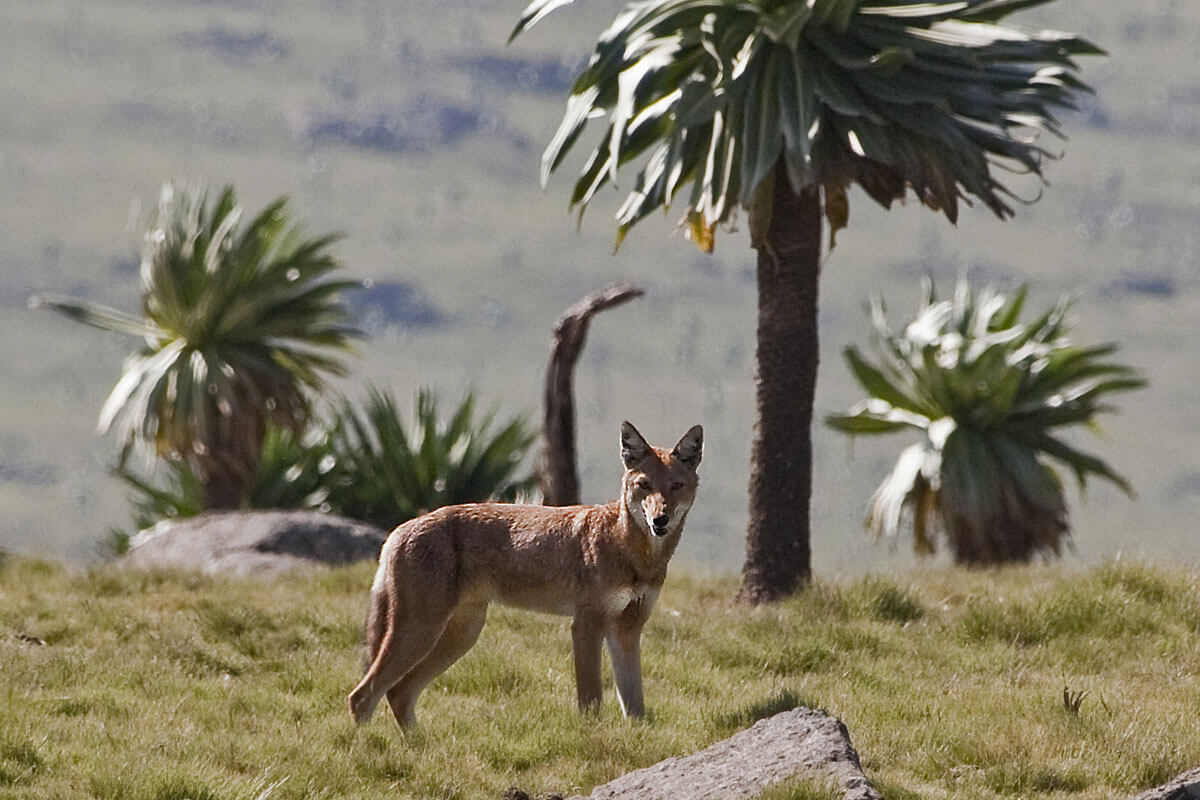
The Ethiopian wolf is a rare and endangered canid found only in the highlands of Ethiopia.
They are the most endangered canid in the world and are distinguished by their reddish-orange fur, long legs, and narrow snout. Ethiopian wolves are highly adapted to their alpine habitat and are known for their unique social and hunting behaviours.
Related article: Interesting facts about the Ethiopian Wolf
12. Golden Monkeys
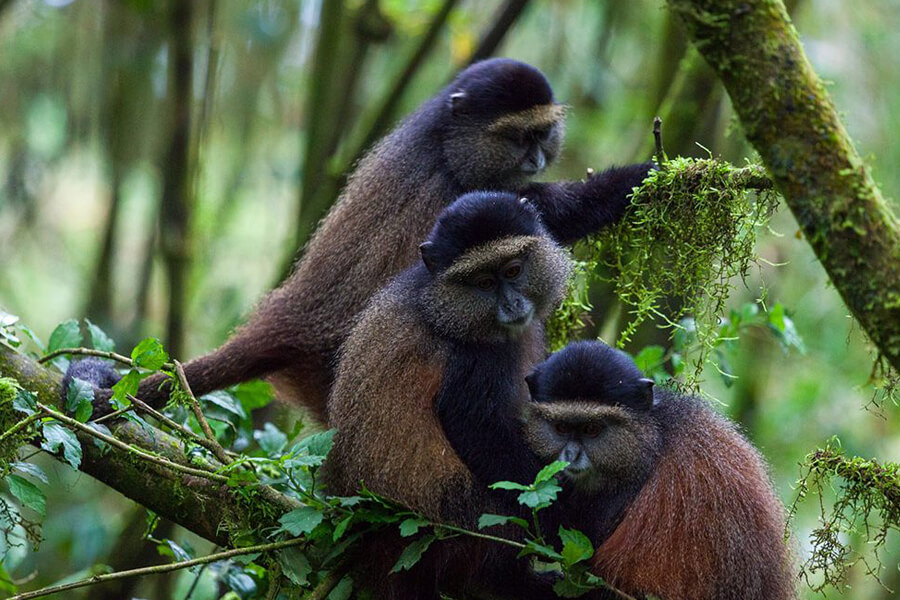
Golden monkeys are a type of Old World monkey found in the forests of central and eastern Africa.
They are named for their distinctive golden-orange fur, which covers their body except for their black faces, hands, and feet. Golden monkeys are social animals that live in large groups and are known for their playful and energetic behaviour.
Related article: Fun facts to know about Golden Monkeys
13. Mountain Gorilla
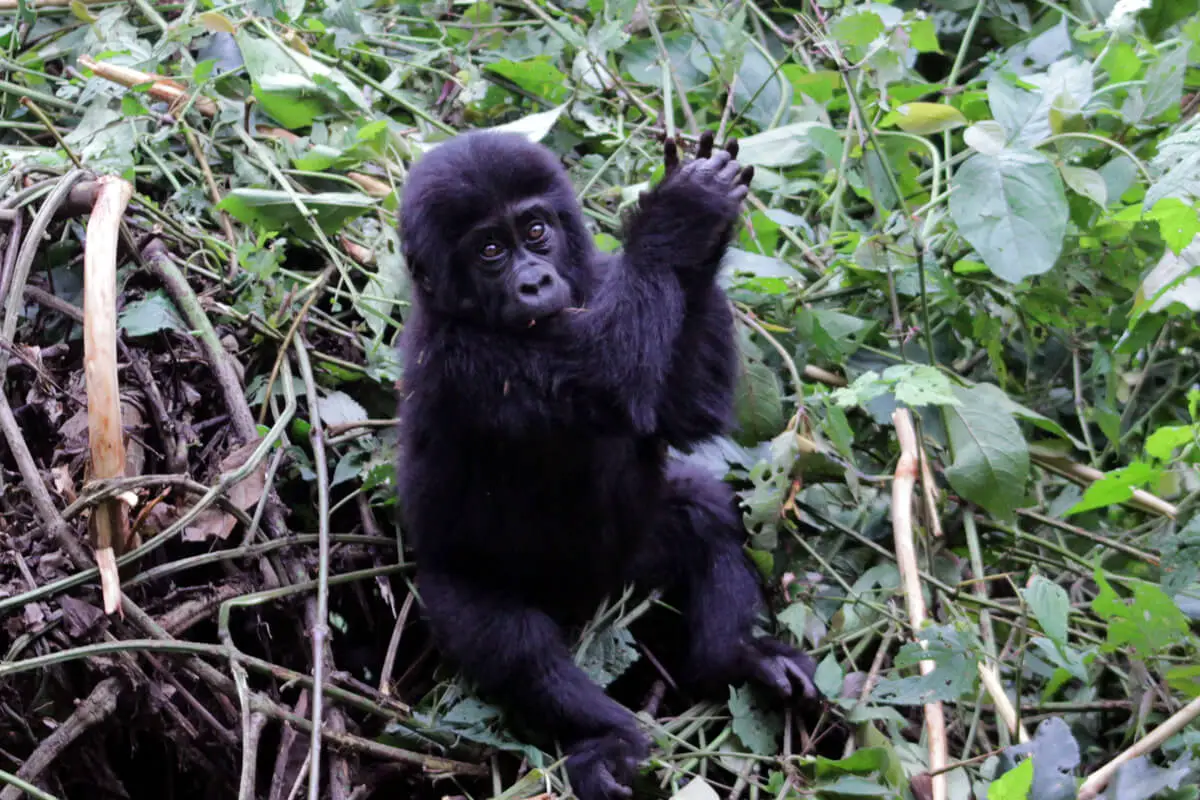
Mountain gorillas are a subspecies of gorillas found in the forests of the Virunga Massif and Bwindi Impenetrable National Park. They are the largest primates in the world, with males weighing up to 450 pounds, and are distinguished by their long, thick black fur.
Mountain gorillas are endangered due to habitat loss, poaching, and disease, and are one of the most threatened primate species in the world.
Related Article: Where to see mountain gorillas in Africa
14. Northern White Rhino
The northern white rhino is a subspecies of white rhino that was once found in several countries in eastern and central Africa. They are the second largest land mammal after elephants and are distinguished by their square lips, which they use to graze on grass.
Unfortunately, the northern white rhino is now considered to be functionally extinct, with only two individuals remaining in the world.
15. Okapi
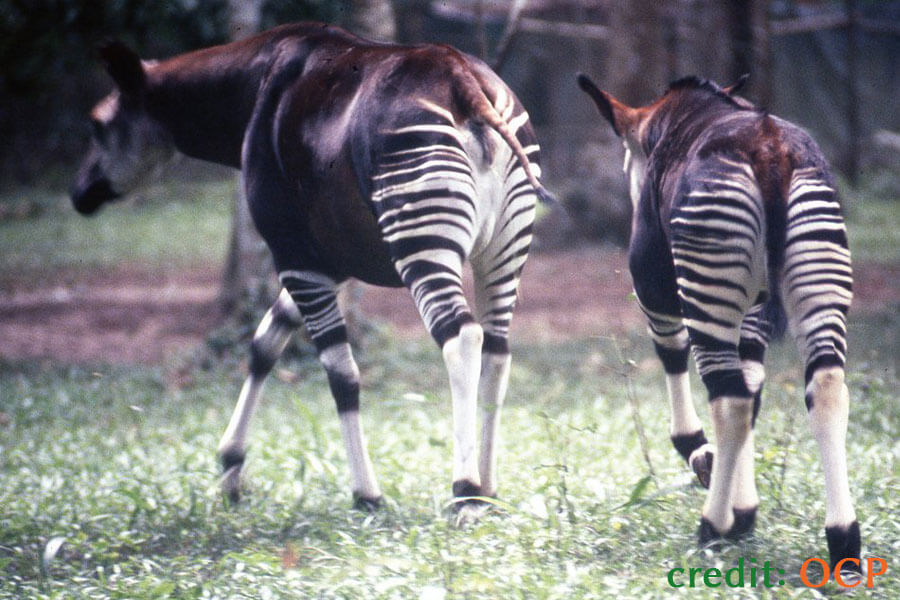
The okapi is a striking and unique animal found only in the rainforests of the Democratic Republic of Congo.
They have a horse-like body with a long neck and legs but also have a distinctive striped pattern on their hindquarters, similar to that of a zebra. Okapis are shy and elusive animals and are difficult to observe in the wild.
Related article: 12 Fascinating facts about the okapi
16. Pangolin
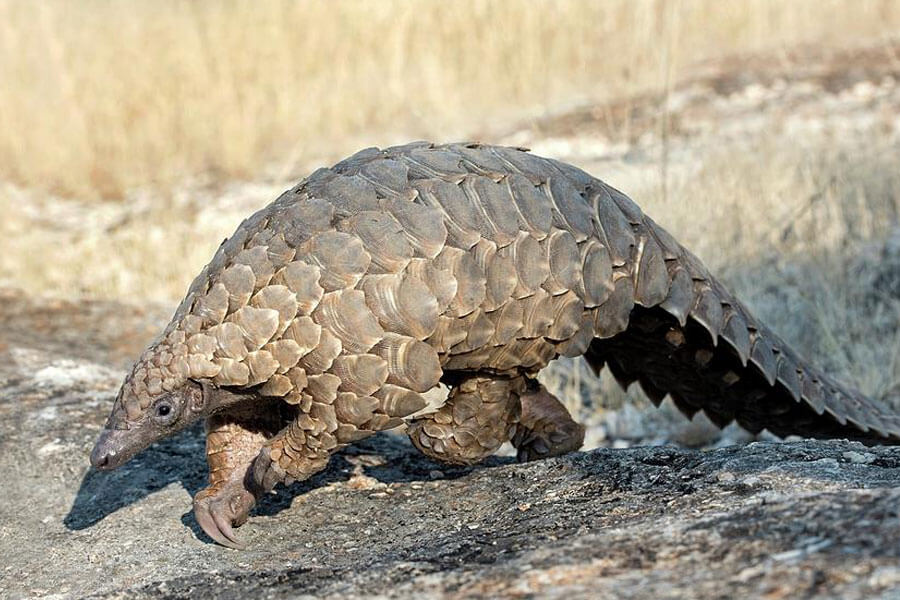
Pangolins are a group of scale-covered mammals found in Africa and Asia. They are the only mammals in the world with large, protective scales covering their skin, and are known for their ability to roll up into a tight ball when threatened.
Pangolins are shy and solitary animals and are rarely seen in the wild. They are also heavily hunted for their meat and scales and are considered to be one of the most trafficked mammals in the world.
Related article: 16 fun facts about pangolins
17. Pygmy Hippo
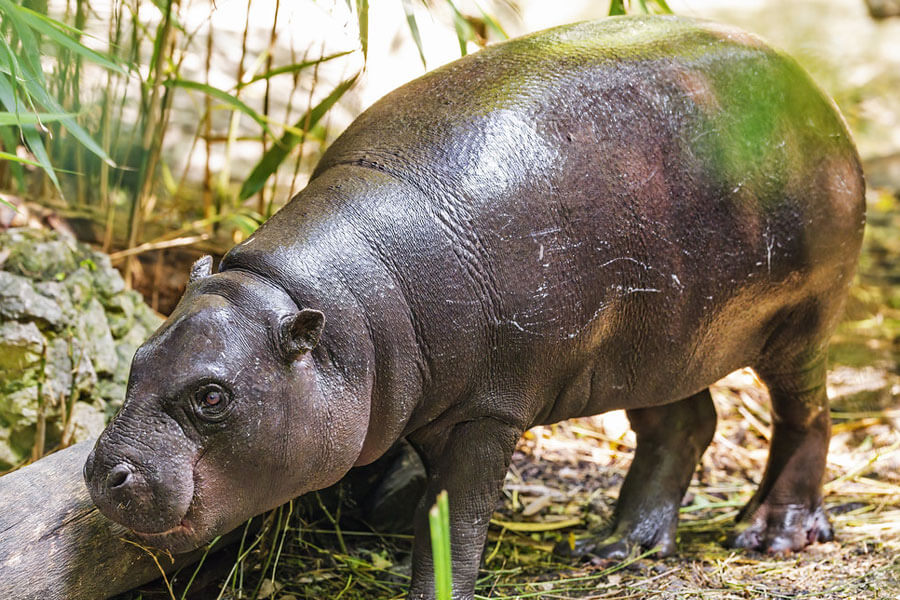
The pygmy hippo is a smaller and rarer relative of the more familiar common hippopotamus.
They are found only in the forests and swamps of West Africa and are much less aquatic than their larger cousins. Pygmy hippos have stocky bodies, short legs, and a dark brown or blackish coat, and are nocturnal animals that are rarely seen in the wild.
Related article: 9 Interesting facts to know about the pygmy hippo
18. Western Lowland Gorilla
The Western lowland gorilla is a subspecies of the western gorilla, native to the forests of Central and Western Africa. Western lowland gorillas are the most common type of gorilla and are typically smaller and less robust than other subspecies.
They have black or dark brown fur, with a pronounced silverback on adult males. Western lowland gorillas are highly social animals, living in groups of up to 50 individuals led by a dominant male.
They are primarily herbivorous, feeding on a variety of plants and fruit, but will also occasionally eat insects. Western lowland gorillas are considered to be critically endangered, with their populations having been severely affected by habitat loss, poaching, and disease.
Final Thoughts
As the world has changed, human civilization has been great for humans but risky for some of the wildlife that lives freely in the wilderness. Human pressures such as agriculture and urbanisation have provided the biggest threat to the habitat and livelihood of most animals in Africa.
From the imposing African elephants, elusive okapis or the various subspecies of gorillas, all these animals play an important role in the survival and balance of nature in their ecosystems.
Knowing about their conservation status, and the work being done on all levels for their conservation is great encouragement for the possibilities in the future.
If you can get to see any of them in the wild, you will have a great time and contribute to their conservation. In 50 years, someone else will be able to also see a gorilla, an Ethiopian Wolf or any of the many animals at great risk of extinction - all because of your contribution.
